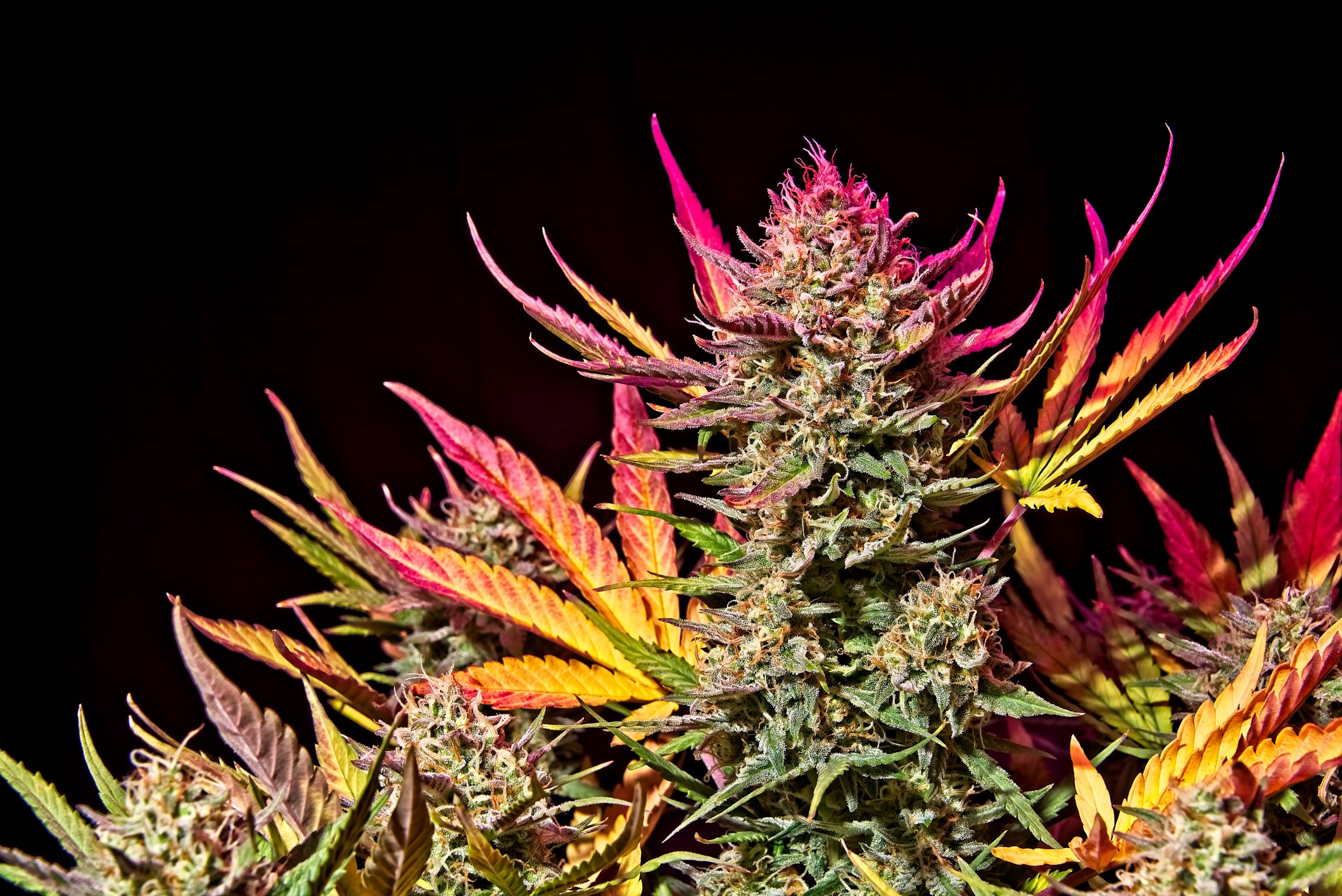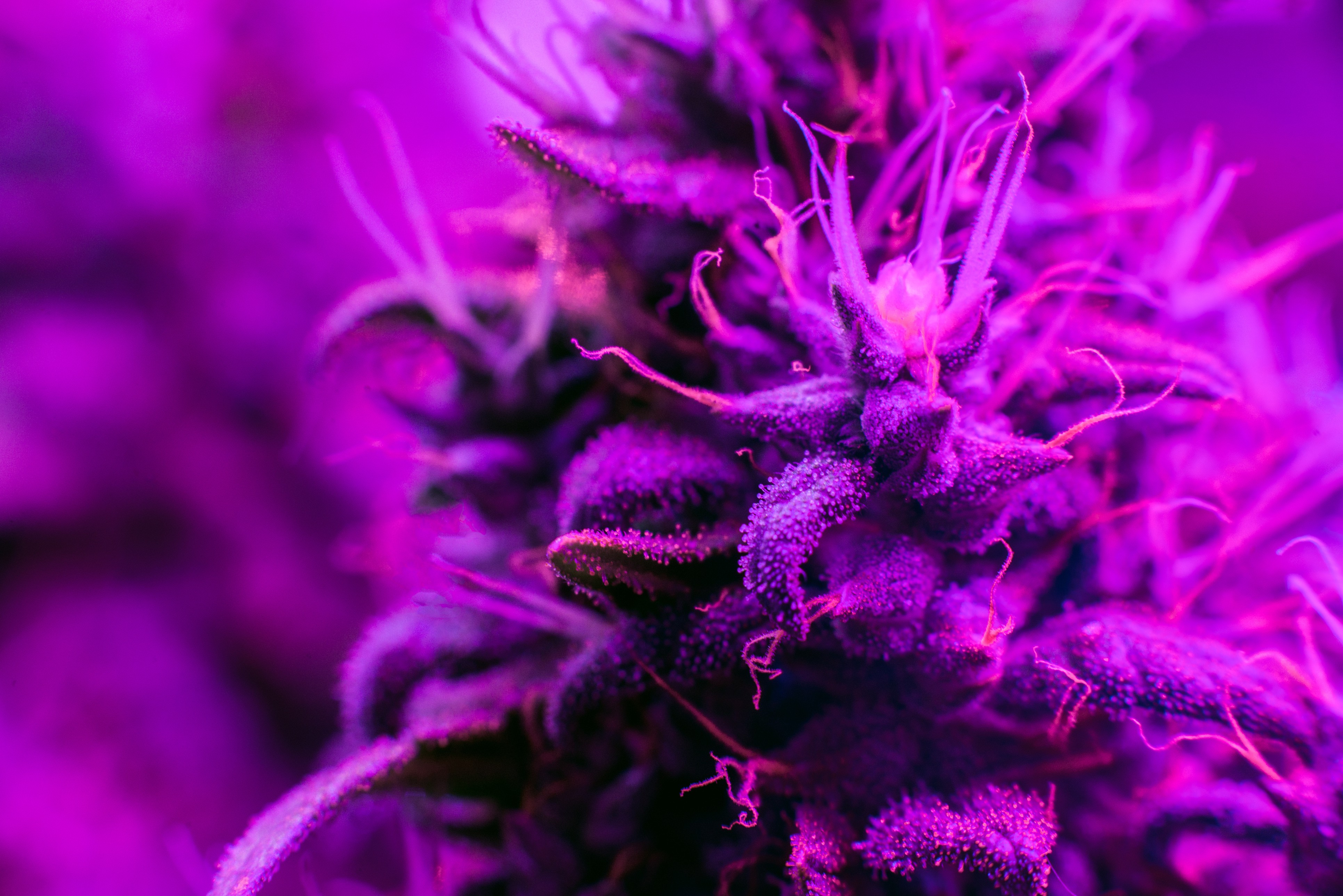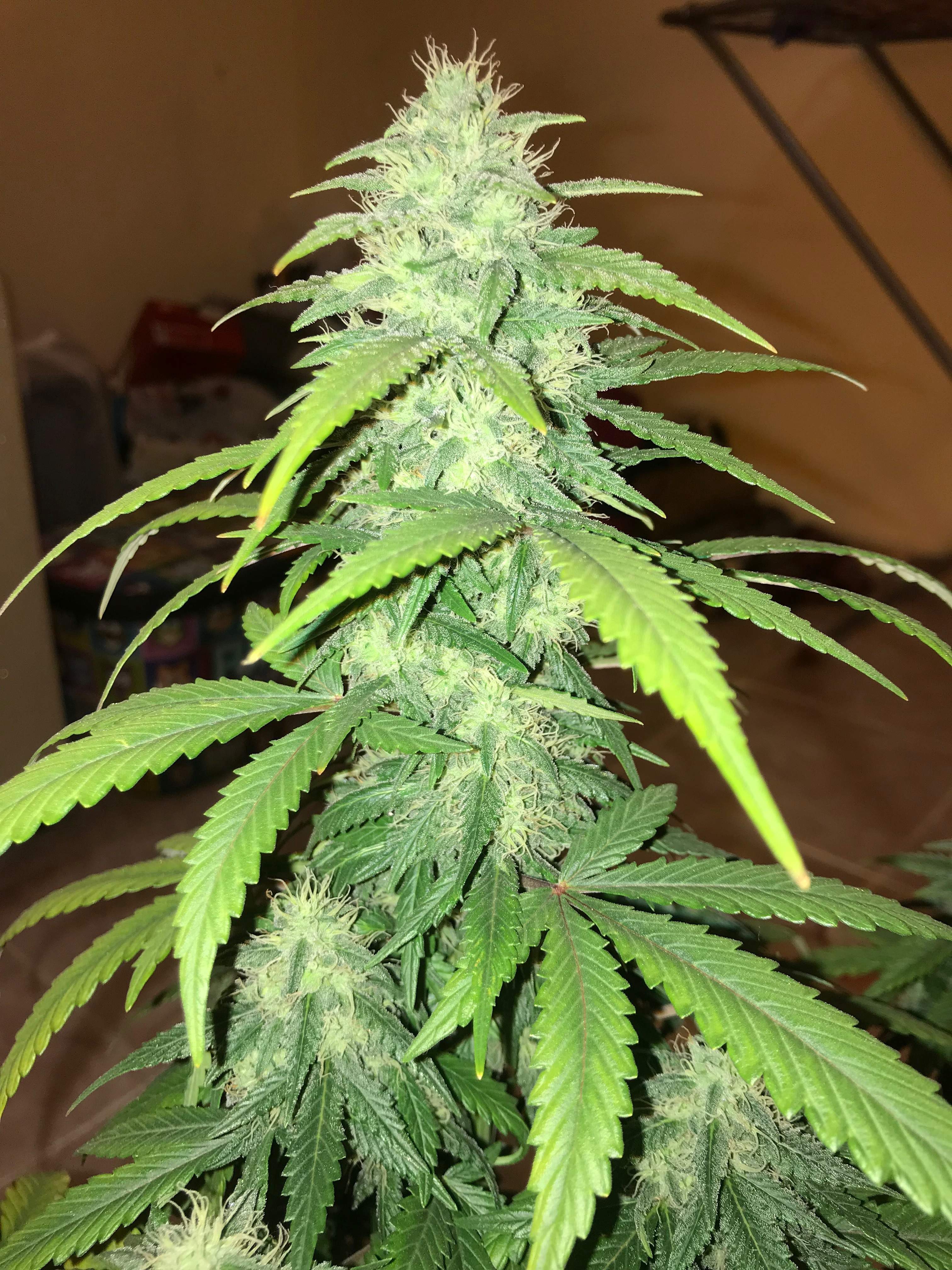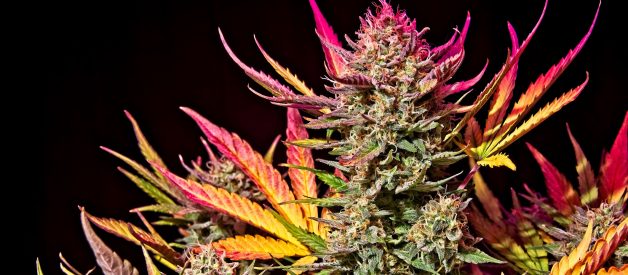 Credit: istockphoto
Credit: istockphoto
Cannabis growers are always on the hunt to understand the tips and tricks to maximize yields in autoflowers. Most growers have the talent, but they lack information. And that?s a serious handicap when growing autoflowers. Autoflowers grow fast and produce yields in a short span of time, but that comes only with experience. You could grow them just like photoperiod plants, but there are several stark differences.
Autoflowers are actually easy to grow and are considered the latest craze in the world of cannabis. With rapid flowering periods and great yields, there?s no reason to not grow them. They can be a tad intimidating because they are less forgiving than traditional cannabis plants. However, there?s no gain without pain, and you might as well buckle up for the ride.
Most people assume that autoflowers produce small yields, but they can?t be further from the truth. Get this straight ? autoflowers can not only produce humongous yields, but the fact that they do so within 2 months isn?t a small feat! But, you gotta follow a small rulebook, so here are 7 tips and tricks to maximize yields in autoflowers if you?re struggling to get the best out of them.
How to maximize yields in autoflowering plants?
1) Prepare ahead
Autoflowers don?t give you a lot of time, so it?s critical to plan beforehand. What medium are you going to use? Soilless, soil or hydroponics? What nutrients have you chosen? Have you grown autos before? Have you bought the lights? What about ventilation? Have you set up your grow room?
If you?re unsure of any of these questions, you?re not yet ready to sow autoflowering seeds. Other types of plants allow you to plan things after sowing seeds, but for the love of God, don?t try that with autoflowers. The minute you soak seeds in the water, the clock starts ticking, so think through everything including the medium, container, ventilation, lighting, grow room and space before planting anything.
It?s also important to do some research to purchase autoflowering seeds of the highest quality. You can do everything right but it may all be for naught if the strains aren?t meant to produce high yields. For example, Fastbuds catalog shows you seeds ranging from XXL to L yield category, and you can choose anything depending on the space available.
2) Don?t take the risk of transplanting
It?s recommended that you start autoflowers in their final containers because they don?t have a lot of spare time to recover when they are transplanted. Transplant shock can seriously stunt the plant and the loss of even a day or two in the vegetative period can affect yields greatly.
Sure, some growers grow autos just like photoperiod plants by transplanting them not once by twice! However, they are experienced growers that have attained success after several failures.
If you?re adamant on transplanting, though, make sure that the medium is exactly the same. For instance, if your seedling is growing in a potting mix of coco coir and compost, it should be transplanted to another container containing the exact same mix. Water the seedling container a few hours before transplanting to ensure that the soil is moist. There?s a high risk of hurting the roots when the soil is too dry or wet.
It?s also critical to transplant only after the roots have filled out in the container since the soil will drop off in clumps with the roots stuck to them. In other words, wait until the plant is a little root bound. Since there are so many conditions, it?s best to start directly in the final containers. With no disturbance, you?re all set to get great yields.
 Credit: istockphoto
Credit: istockphoto
3) Choose containers that drain well
Containers must be proportional to the size of the plant. For example, medium-sized plants require at least 5?7 gallon containers whereas big plants need pots that are more than 11 gallons. Remember, the type of container you choose plays a major role as well. Autoflowers love aerated soil that drains very well, so use breathable containers like fabric pots that allow maximum drainage.
4) Reduce nutrient strength
It?s common for beginners to load their plants with too many nutrients and burn them. We get that you love your plants, but you?re only harming your autoflowers by feeding extra nutes. Photoperiod plants have bigger roots, but autoflowers are comparatively smaller and the nutrients have to be adjusted accordingly.
For instance, if your nutrient chart recommends 5ml/liter, start with 2.5ml or 1.25 ml (1/2 or 1/4 strength) and watch how the plant responds. Some autoflowers, like the Tangie ?Matic or Gorilla Glue, for example, are voracious feeders and require a stronger dose, but make sure you start with big doses only after experimenting with half-strength nutes at first.
It goes without saying that seedlings don?t require nutrients. If you?re going soilless, a mild nutrient solution is fine, but don?t go above 150?200 ppm to avoid burning them.
5) Keep an eye on the pH
The pH is an important factor in determining the yields of autoflowering cannabis strains. Whether you grow hydroponically or use soil as a medium, pH is critical. Although many growers assume that the plant is suffering from nutrient deficiencies, most issues crop up only due to pH imbalance.
For autoflowers growing in soil, pH levels ranging from 6.0 to 7.0 is adequate while hydroponic systems do well from 5.5 to 6.5. It?s not necessary to get an exact number, so an average of levels starting from 5.5 to 6.5 is good for autoflowers.
How does the pH dictate the yields, you ask? Well, when the pH falls below 5.5, plants cannot absorb certain nutrients like Calcium and Magnesium even if they are present at the roots. The same logic applies when the pH rises above 7. Suffice it to say that all the nutrients in the world cannot help the plant recover if the pH is not right. With an imbalance in the pH, the nutrients cannot be absorbed and the plants produce very little yields. Therefore, check the pH constantly to ensure that the plants are healthy.
 Credit: Fastbuds autflower by Fastclub
Credit: Fastbuds autflower by Fastclub
6) Light cycle
Autoflowers grow even when they get only 12 hours of light from seed to harvest. They are tough and adapt in any situation; however, they thrive when they receive 18 hours of light and 6 hours of darkness. Some growers provide 24 hours of light from the beginning until harvest, but it?s not recommended because plants need some rest and time to recover like the rest of us.
Growers produce good yields with 24 hours, but the quality isn?t as good as plants grown in an 18/6 cycle. The light setup also plays an important role here. Although autos grow well under different types of lighting, they prefer HPS or LEDs over CFL and fluorescent lights.
In particular, full-spectrum LEDs work the best for any type of autoflower. The higher the lumens, the better the yields, but if you cannot afford expensive lighting equipment, CFLs will work well during the vegetative phase.
Autoflowers growing outdoors usually receive only 12 hours of proper sunlight, and you?re probably wondering if that?s enough. However sunlight is the most powerful light compared to artificial systems set up by humans, so autos take advantage of the situation and produce maximum yields outdoors.
7) Use proper training techniques
Due to a shortage of time, not every training technique working for other cannabis plants suit autoflowers. For instance, HST or High-Stress-Techniques work very well on photoperiod plants, but autoflowers prefer Low-Stress-Techniques or LST.
LST is a method that requires bending the stems of the plant so that the light penetrates to the lower parts of the plant. Generally, autoflowers tend to grow one main massive cola while the rest of the plant produces small budlets known as popcorn buds.
As a grower, your job is to ensure that all the buds receive equal light, and that?s where LST helps a great deal. Most growers begin LST after the plants are ?Topped?. Topping is another technique that involves cutting off the tip of the main stem, forcing the plant to grow more colas rather than one. Beginners can even ?FIM? their plants, which is another method where you cut off only a part of the tip instead of cutting it entirely.
Whether you Top, FIM, or LST the plants, autoflowers will perform well. However, training techniques must be employed only on healthy plants so the plant has time to recover from the initial stress. Unhealthy plants cannot be trained since there?s no time when it comes to autos.
You must also remember to train cannabis plants only during the vegetative stage. Doing so in the flowering phase will stunt the plant drastically. Many growers simply stay away from training autoflowers because they produce good yields even when they aren?t trained; however, a combination of any of the techniques mentioned above will deliver stunning results, which makes training plants a matter of personal choice.
Most autoflowers start flowering in the third or fourth week, so start training only if the plants grow fast and remain healthy enough to be trained. If you?re unsure, it?s okay to not train the plants at all.
Truth be told, autoflowers adapt so well that they produce massive yields even if you leave them alone to do their thing. However, it?s best if you use these tips and tricks to maximize yields in autoflowers.


